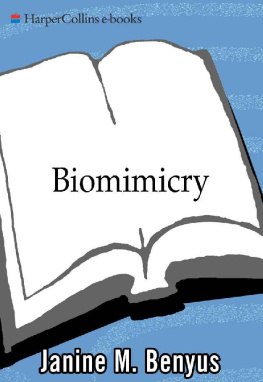ECHOING NATURE
WHY BIOMIMICRY NOW?
We must draw our standards from the natural world. We must honor with the humility of the wise the bounds of that natural world and the mystery which lies beyond them, admitting that there is something in the order of being which evidently exceeds all our competence .
V CLAV H AVEL , president of the Czech Republic
Its not ordinary for a bare-chested man wearing jaguar teeth and owl feathers to grace the pages of The New Yorker , but these are not ordinary times. While I was writing this book, Moi, an Huaorani Indian leader whose name means dream, traveled to Washington, D.C., to defend his Amazonian homeland against oil drilling. He roared like a jaguar in the hearings, teaching a roomful of jaded staffers where real power comes from and what homeland actually means.
Meanwhile, in Americas heartland, two books about aboriginal peoples were becoming word-of-mouth best-sellers, much to their publishers surprise. Both were about urban Westerners whose lives are changed forever by the wise teachings of preindustrial societies.
Whats going on here? My guess is that Homo industrialis , having reached the limits of natures tolerance, is seeing his shadow on the wall, along with the shadows of rhinos, condors, manatees, ladys slippers, and other species he is taking down with him. Shaken by the sight, he, we, are hungry for instructions about how to live sanely and sustainably on the Earth.
The good news is that wisdom is widespread, not only in indigenous peoples but also in the species that have lived on Earth far longer than humans. If the age of the Earth were a calendar year and today were a breath before midnight on New Years Eve, we showed up a scant fifteen minutes ago, and all of recorded history has blinked by in the last sixty seconds. Luckily for us, our planet-matesthe fantastic meshwork of plants, animals, and microbeshave been patiently perfecting their wares since March, an incredible 3.8 billion years since the first bacteria.
In that time, life has learned to fly, circumnavigate the globe, live in the depths of the ocean and atop the highest peaks, craft miracle materials, light up the night, lasso the suns energy, and build a self-reflective brain. Collectively, organisms have managed to turn rock and sea into a life-friendly home, with steady temperatures and smoothly percolating cycles. In short, living things have done everything we want to do, without guzzling fossil fuel, polluting the planet, or mortgaging their future. What better models could there be?
ECHO-INVENTIONS
In these pages, youll meet men and women who are exploring natures masterpiecesphotosynthesis, self-assembly, natural selection, self-sustaining ecosystems, eyes and ears and skin and shells, talking neurons, natural medicines, and moreand then copying these designs and manufacturing processes to solve our own problems. I call their quest biomimicry the conscious emulation of lifes genius. Innovation inspired by nature.
In a society accustomed to dominating or improving nature, this respectful imitation is a radically new approach, a revolution really. Unlike the Industrial Revolution, the Biomimicry Revolution introduces an era based not on what we can extract from nature, but on what we can learn from her.
As you will see, doing it natures way has the potential to change the way we grow food, make materials, harness energy, heal ourselves, store information, and conduct business.
In a biomimetic world, we would manufacture the way animals and plants do, using sun and simple compounds to produce totally biodegradable fibers, ceramics, plastics, and chemicals. Our farms, modeled on prairies, would be self-fertilizing and pest-resistant. To find new drugs or crops, we would consult animals and insects that have used plants for millions of years to keep themselves healthy and nourished. Even computing would take its cue from nature, with software that evolves solutions, and hardware that uses the lock-and-key paradigm to compute by touch.
In each case, nature would provide the models: solar cells copied from leaves, steely fibers woven spider-style, shatterproof ceramics drawn from mother-of-pearl, cancer cures compliments of chimpanzees, perennial grains inspired by tallgrass, computers that signal like cells, and a closed-loop economy that takes its lessons from redwoods, coral reefs, and oak-hickory forests.
The biomimics are discovering what works in the natural world, and more important, what lasts. After 3.8 billion years of research and development, failures are fossils, and what surrounds us is the secret to survival. The more our world looks and functions like this natural world, the more likely we are to be accepted on this home that is ours, but not ours alone.
This, of course, is not news to the Huaorani Indians. Virtually all native cultures that have survived without fouling their nests have acknowledged that nature knows best, and have had the humility to ask the bears and wolves and ravens and redwoods for guidance. They can only wonder why we dont do the same. A few years ago, I began to wonder too. After three hundred years of Western Science, was there anyone in our tradition able to see what the Huaorani see?
HOW I FOUND THE BIOMIMICS
My own degree is in an applied scienceforestrycomplete with courses in botany, soils, water, wildlife, pathology, and tree growth. Especially tree growth. As I remember, cooperative relationships, self-regulating feedback cycles, and dense interconnectedness were not something we needed to know for the exam. In reductionist fashion, we studied each piece of the forest separately, rarely considering that a spruce-fir forest might add up to something more than the sum of its parts, or that wisdom might reside in the whole. There were no labs in listening to the land or in emulating the ways in which natural communities grew and prospered. We practiced a human-centered approach to management, assuming that natures way of managing had nothing of value to teach us.

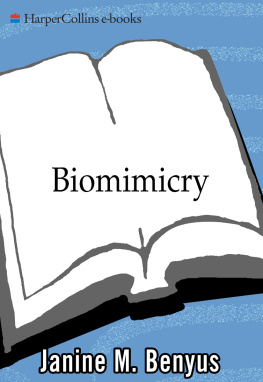

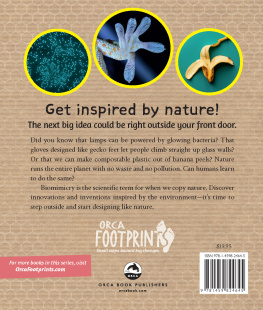
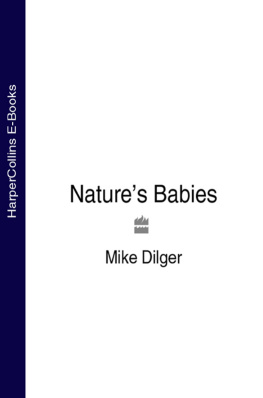
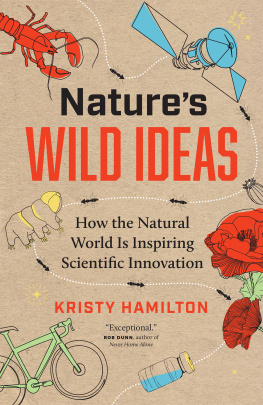

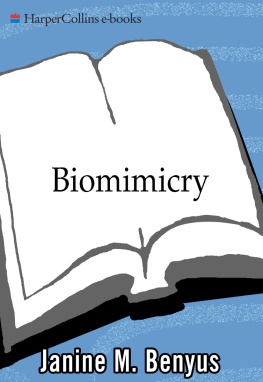
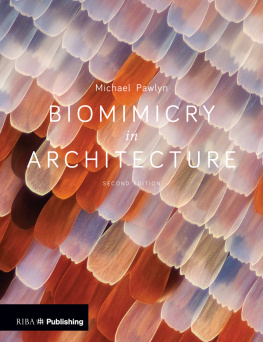
![Katherine Collins [Katherine Collins] - The Nature of Investing: Resilient Investment Strategies through Biomimicry](/uploads/posts/book/124125/thumbs/katherine-collins-katherine-collins-the-nature.jpg)
